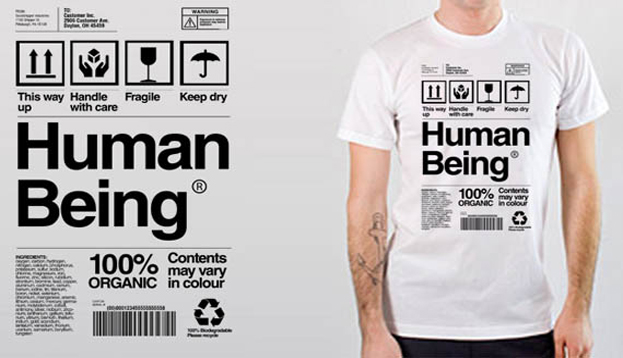The announcement of that some of the brightest VCs in Silicon Valley at Andreessen Horowitz are investing $50 million in BuzzFeed has stunned many. Why? Because the company is regularly dismissed by others for its lightweight “click bate” type of content it is widely known for. But Chris Dixon at Andreessen Horowitz, who is also joining Buzzfeed’s board, explains the rationale behind the investment on his blog:
“Many of today’s great media companies were built on top of emerging technologies. Examples include Time Inc. which was built on color printing, CBS which was built on radio, and Viacom which was built on cable TV. We’re presently in the midst of a major technological shift in which, increasingly, news and entertainment are being distributed on social networks and consumed on mobile devices. We believe BuzzFeed will emerge from this period as a preeminent media company.”
This is a big statement and it puts Buzzfeed in a different light. Dixon doesn’t see them as a traditional publishing company, but an innovative tech company.
“The most interesting tech companies aren’t trying to sell software to other companies. They are trying to reshape industries from top to bottom. BuzzFeed has technology at its core. Its 100+ person tech team has created world-class systems for analytics, advertising, and content management. Engineers are 1st class citizens. Everything is built for mobile devices from the outset. Internet native formats like lists, tweets, pins, animated GIFs, etc. are treated as equals to older formats like photos, videos, and long form essays. BuzzFeed takes the internet and computer science seriously.”
Buzzfeed’s business model, which can be discerned by anyone who visited the site, is native ads. It’s what’s working for Facebook and it works for Buzzfeed because it works on mobile.
But what a “native ad” represents is still up for debate, but Joe Pulizzi, Founder of the Content Marketing Institute, explains it well in a recent LinkedIn post:
1. As the traditional advertising business model continues to evolve, more publishers than ever before are opening up native opportunities on their digital properties. In essence, media companies see native as a replacement for the banner ad. Native has been working so well from a revenue standpoint that some publishers, like Buzzfeed, generate a majority of their online revenue from branded content.
2. Brands are starting to understand that consumers have every right to (and will) ignore their traditional marketing practices. To combat this, brand marketers are beginning to develop content that their customers and prospects actually care about, in the hopes of getting attention and possibly some positive behavior change down the road. Native advertising is a valuable “paid” way to distribute that original content.
However, there are many things that need to happen on both the publisher and advertiser-side to make native ads the “killer app” on mobile that it has the potential to be. Pulizzi proposes the following fixes:
- Fix the editorial process so that native ads have to be created or approved by the editorial staff.
- Fix the media business model to diversify revenue streams and be less reliant on ads.
- Brands should develop rent-to-own strategies to drive traffic to their own owned-media platform.
Andreessen Horowitz investment of $50 million in BuzzFeed is a bold bet on that the future of media is spelled t-e-c-h, but that doesn’t mean that newsrooms and publishing houses will be filled with robots anytime soon.
I recently visited Buzzfeed’s new Hollywood campus and was amazed to see how many people worked there and how creative they all were. Not at all the assembly-line you would expect. It’s all about rebuilding the media business model where the user/reader/viewer is in focus, not an single know-it-all editor, and then have editorial, business and tech all work together to find the best possible solution to engage that audience.
Listen, then talk. Traditional publishing has never been very good at that. Companies like Buzzfeed is building a new user-focused model that I would argue is more “human” because it uses technology from the start to be better at listening and then creating content, sponsored or not, that is specifically created for social media and mobile devices from the bottom up.
It’s a new way of thinking for publishers and advertisers alike, but the sooner we can accept and embrace this new model and fix our internal processes, the better off we’ll all be.

